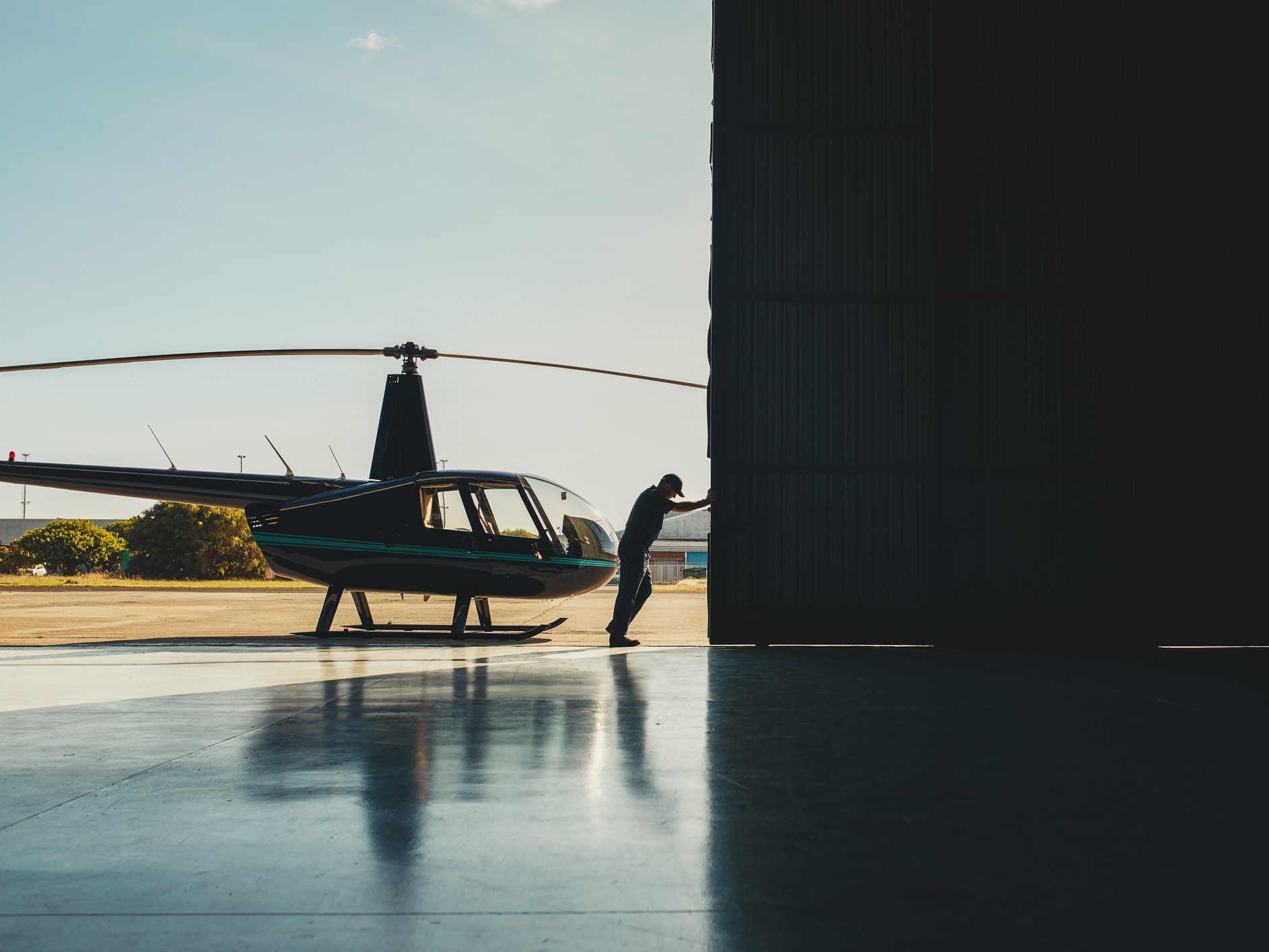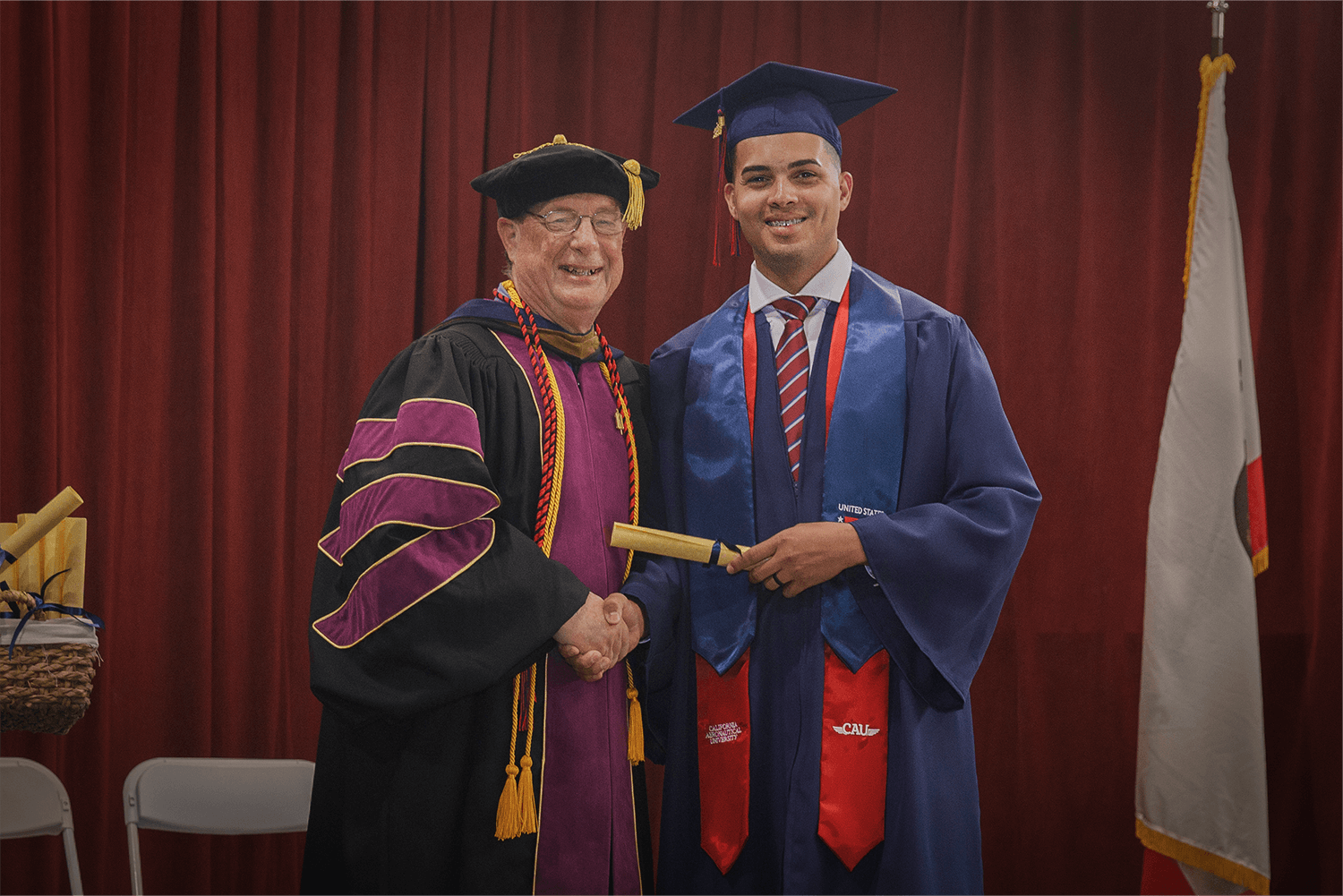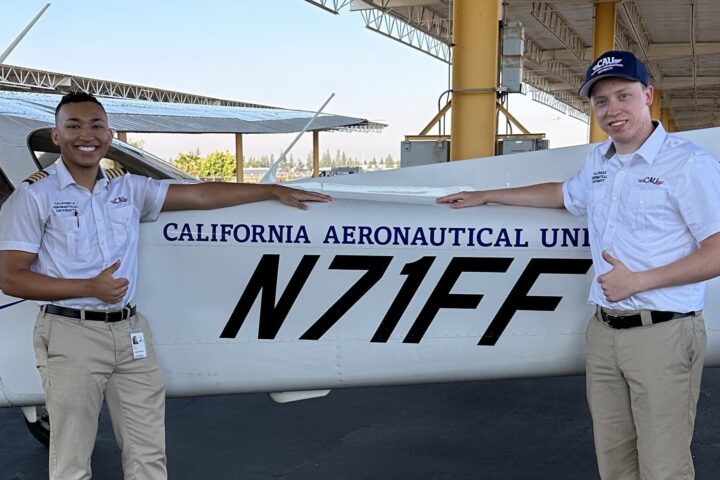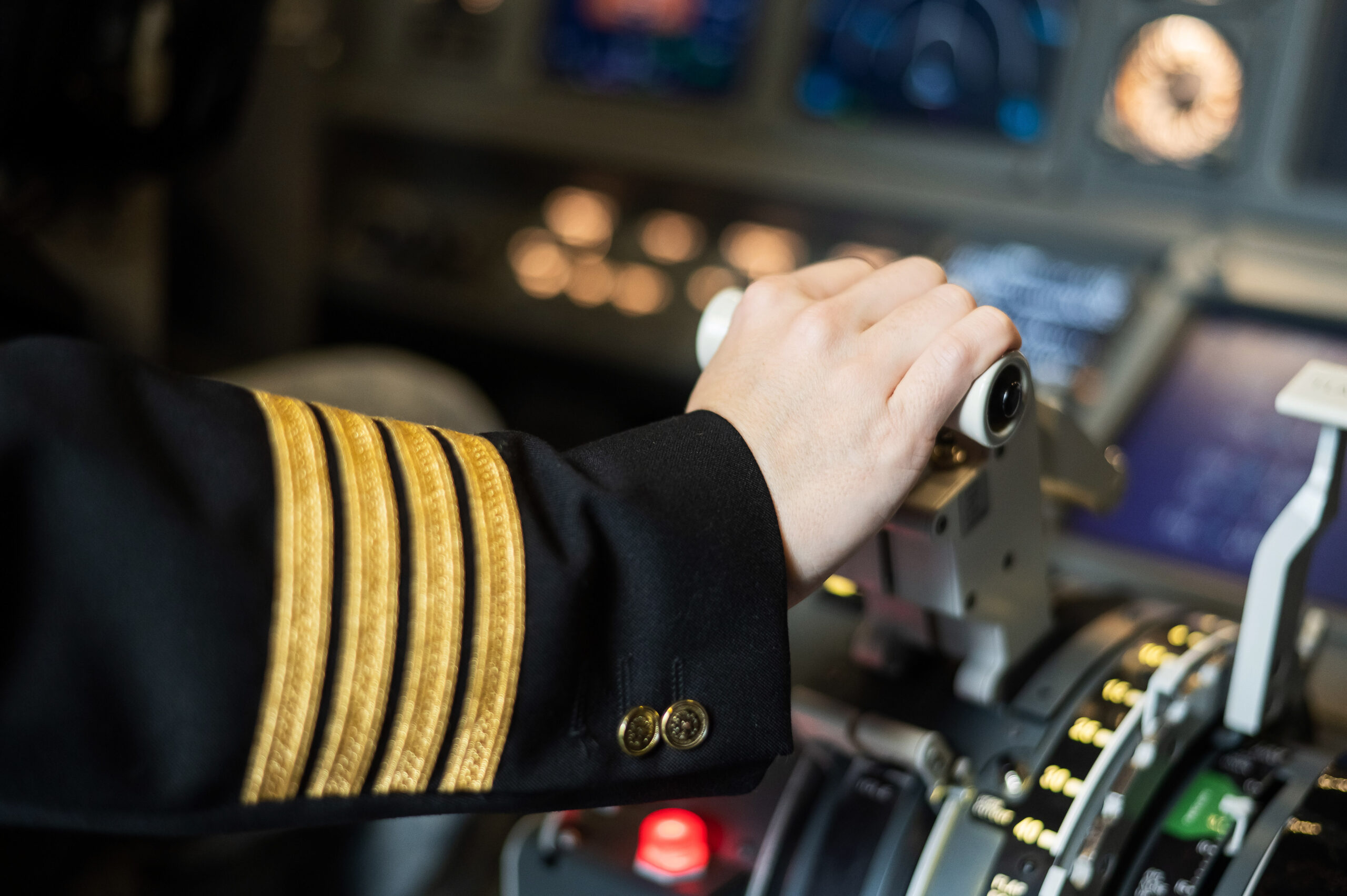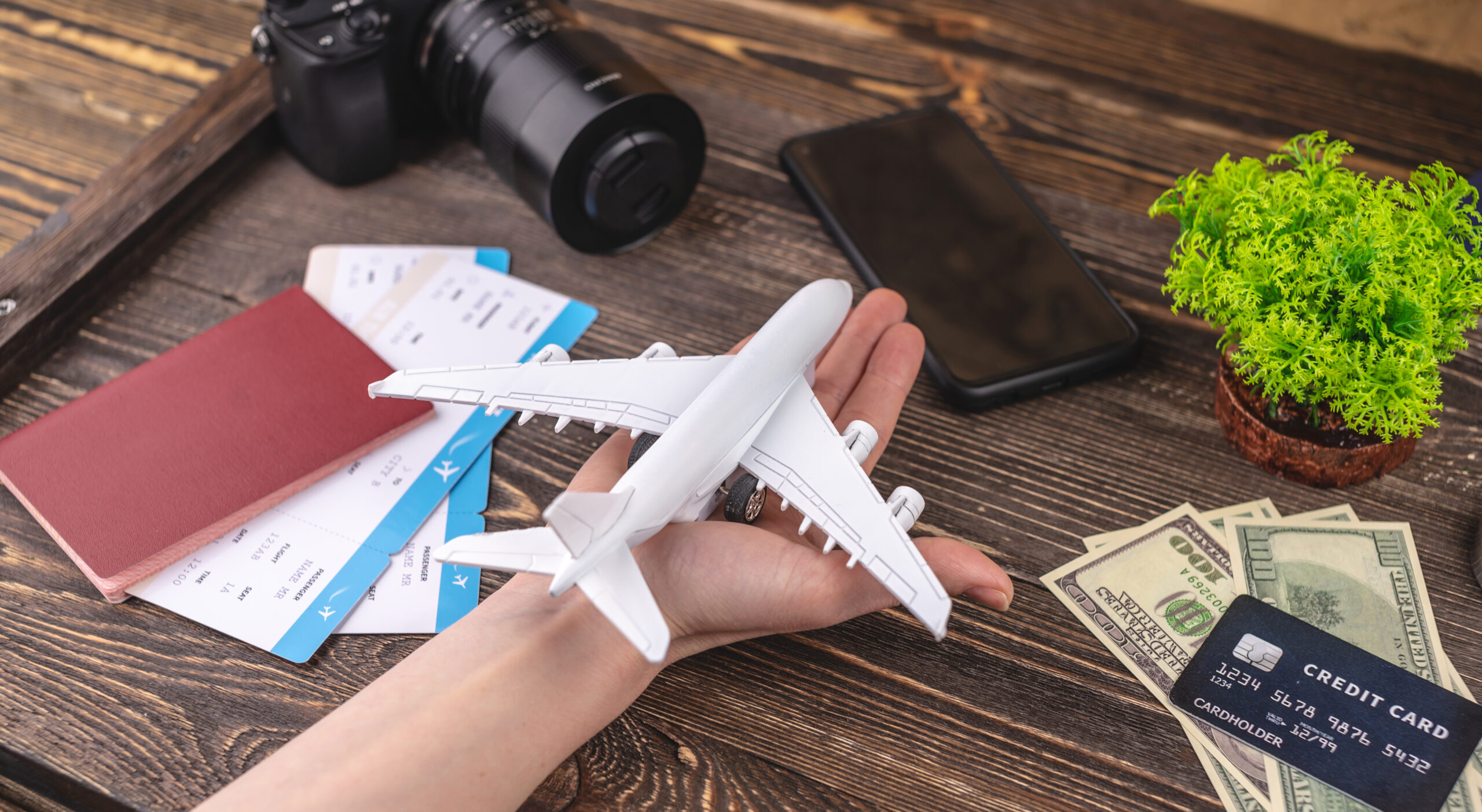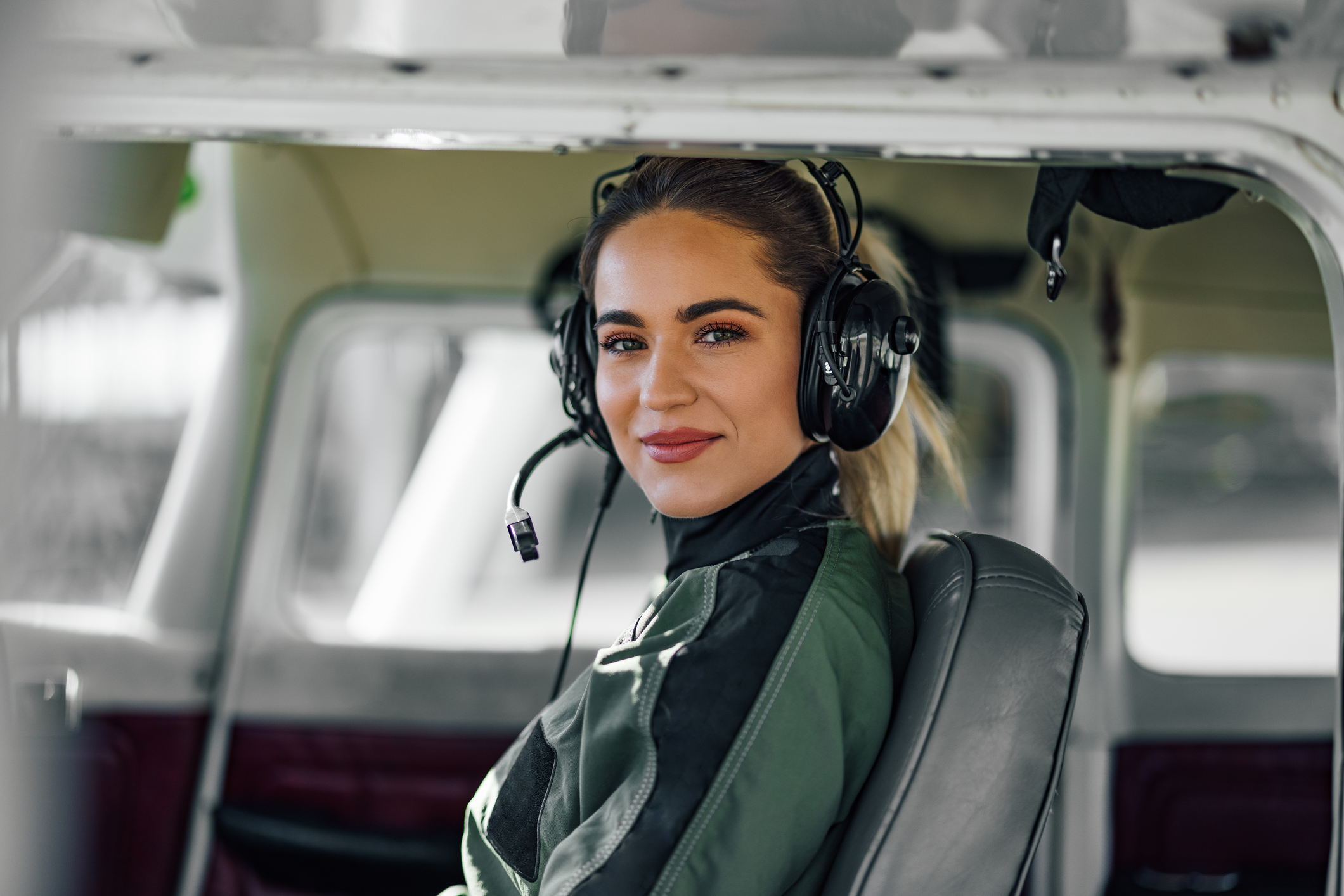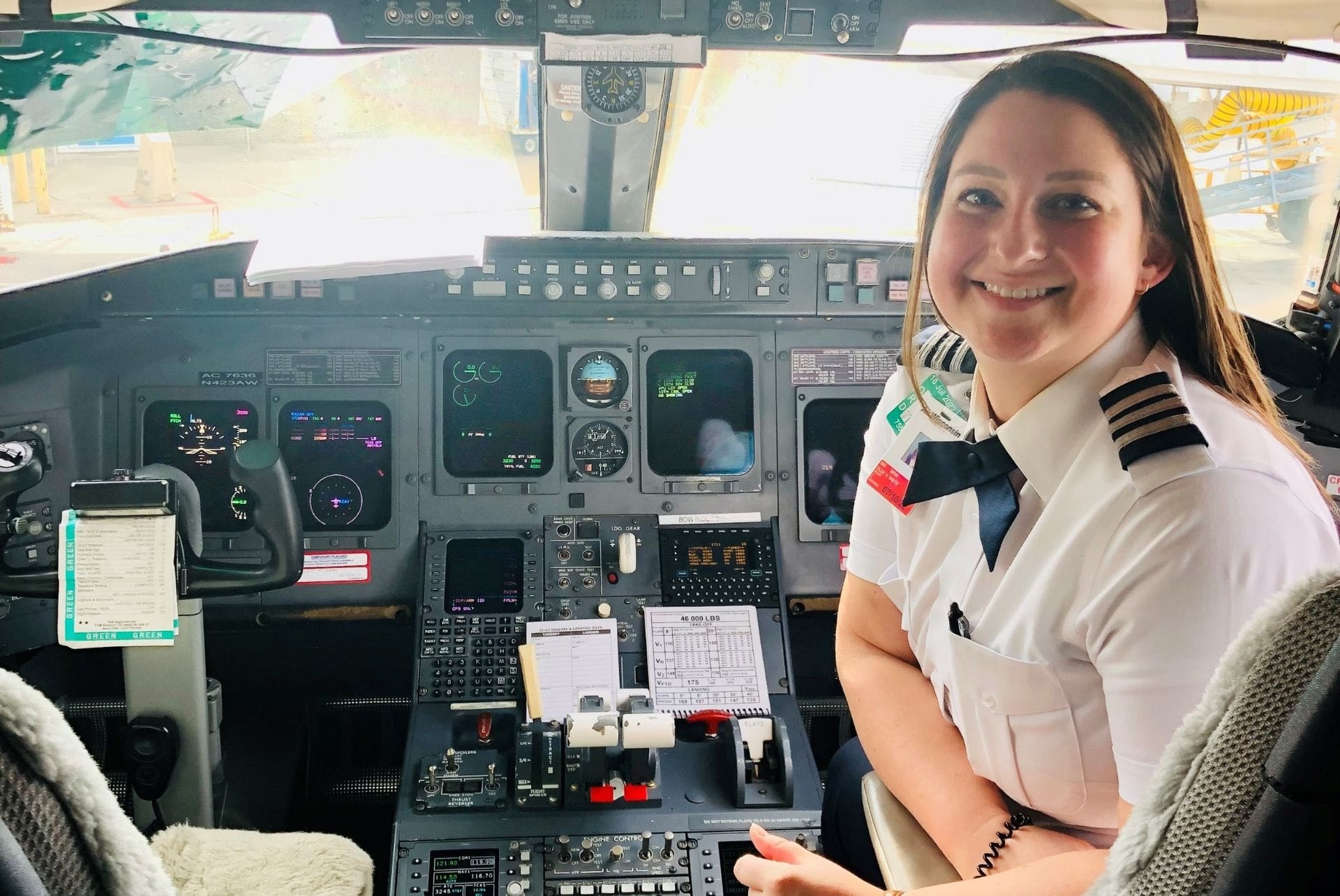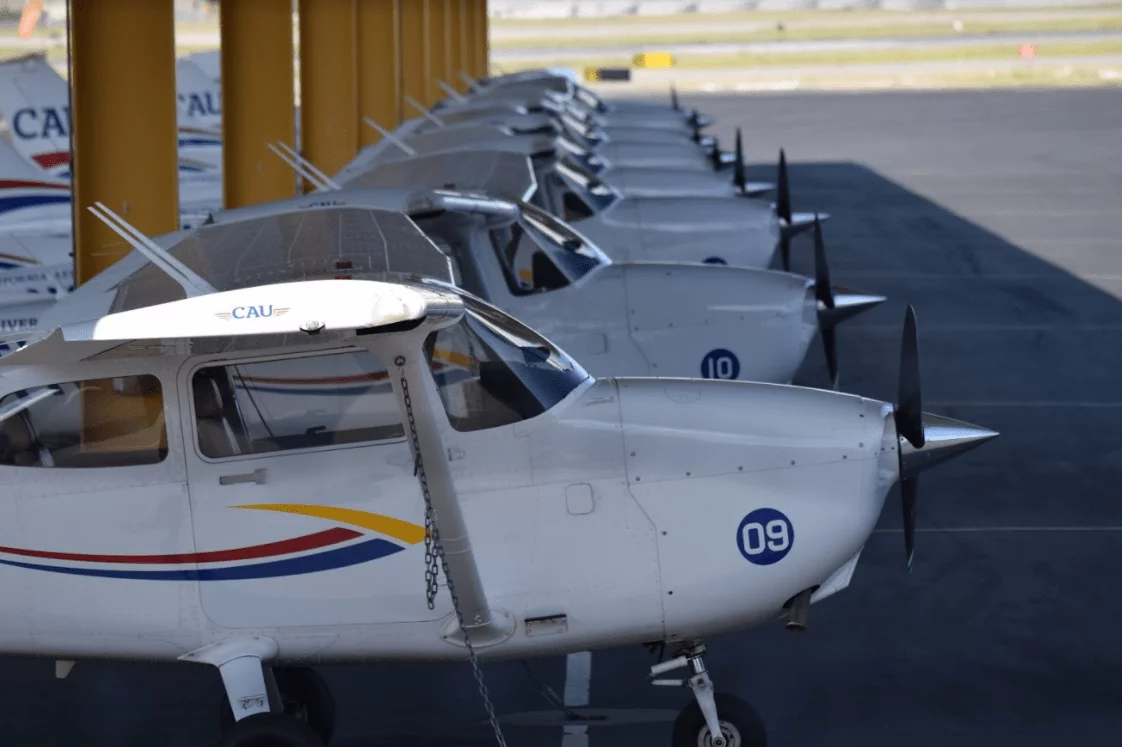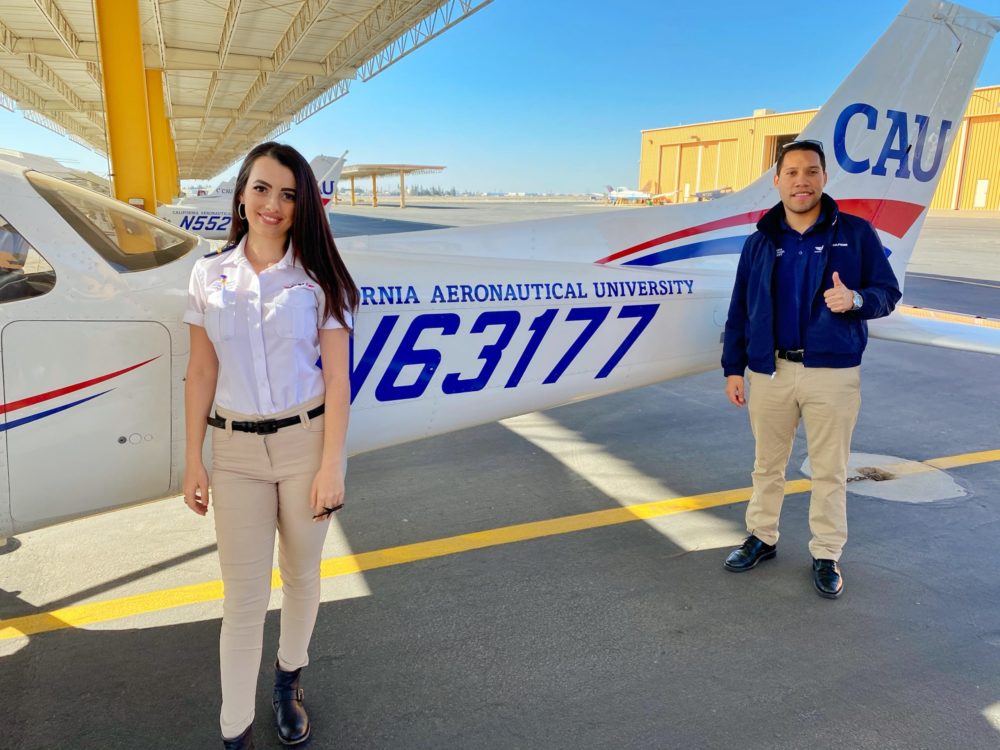Deciding to go to flight training school can be very exciting. Numerous universities and colleges offer aviation instruction programs where you can earn your pilot certifications, including instrument ratings and more. Some, like CAU, even provide the opportunity to study for your bachelor’s degree at the same time.
If you have determined that you want to become a professional pilot, there are some steps you can take to prepare before you even begin flight training. This way, when the time finally arrives, you can feel confident and ready for your first lesson. Check out these seven ways to get ready for flight training school.
1. Get Your Documentation in Order
Each aeronautical university or aviation training program may have its own variations of required documents, but generally speaking, they all should include your:
- Driver’s license
- Passport
- Birth certificate
- Social security card
You will want to verify with your flight school what is mandatory, and also keep in mind that universities may also require an application, high school transcripts, proof of graduation (or GED), etc. Before you can take command of a cockpit, a flight instructor is required to verify your documentation before they can place an endorsement in your logbook.
This includes the documents listed above and other prerequisites as well, such as medical certification. If you are not an American citizen, additional documentation might be needed depending on your native country. Making sure you have all this information in advance is a helpful way to prepare.
2. Brush Up on Your Math Skills
You will need some fundamental arithmetic abilities to be a pilot. Understanding the concepts behind the actual math is as important as performing the computations correctly. A pilot needs good mechanical aptitude, and even though the aircraft’s computer automation can do most of the work – you should never be dependent on it.
Online quizzes can help you assess and strengthen your skills; tests are available for geometry, physics, and more. Studying aerodynamics can teach you about thrust, drag, lift, and weight and how they all relate to keeping aircraft safely in the sky. Aviation is built on aerodynamics. It is, after all, how airplanes fly.
While you will gain a deeper grasp on the subject once you are in flight training school, understanding the basics can help give you a solid foundation. Depending on the flight school you are interested in, you might be able to request a syllabus so you can be familiar with the material before classes begin.
3. Start Learning the Phonetic Alphabet
As you learn to fly, you will discover that understanding a new alphabet is essential in aviation. The ICAO (International Civil Aviation Organization) alphabet, or the NATO phonetic alphabet, significantly reduces miscommunication between the pilot and air traffic control.
Hearing certain letters (or numbers) that have similar sounds over the radio can easily cause them to be misinterpreted as something else, such as M as N or B as V. Mistakes like these could be critically dangerous, especially when other complicating factors like loud background noise or various accents may make different letters sound the same, etc.
The NATO phonetic alphabet was invented to increase safety and is used to avoid confusion. Although it may seem challenging at first, using the phonetic alphabet eventually becomes like a second language in which all pilots are fluent. Communication is clear and uses simple words instead of letters, like “Alpha, Bravo, Charlie” rather than ABC.
4. Listen to Air Traffic Controllers
Some students need help communicating on flights at first. So many aspects of just flying the plane require concentration; adding the unfamiliarity with aviation lingo might make it difficult to talk clearly or smoothly. To help you learn the language of air traffic controllers and pilots, try listening to live ATC broadcasts before you begin your training.
Hearing actual dialogue is an excellent way to get a feel for their role, how they interact with the pilots, and the terminology both parties use. You can learn proper etiquette, and perhaps some other subtleties, such as when and how to say things. You may be surprised at how much this will help you once you begin your formal training.
5. Use a Flight Simulator to Practice
Flight simulators help you develop hand-eye coordination – but the real ones can be expensive! Try downloading a flight simulator app on your phone. While they may not be the same industry-relevant simulators you may encounter in flight training school, they can still be a decent alternative.
You can practice basic flight principles and maybe learn some new skills. Practicing with a flight simulator is completely optional before you begin training. In most professional pilot programs, like CAU, all needed training and equipment are included in your tuition.
You can find flight simulator apps and games for your Android phone or tablet in the Google Play Store and for your iPhone or Apple devices in the App Store. You can also invest in a high-quality flight simulator for your desktop: however, remember that this is just a suggestion, and there are no requirements to purchase an expensive simulator.
6. Discover Basics About Weather
Taking off and landing in adverse weather conditions is frequently an issue. A pilot should be able to anticipate changes in the weather based on many factors, including cloud formations and what they indicate, as well as how the atmospheric layers affect the air within them. While you will learn more about this during flight school, you can start now by listening more carefully to the weather reports.
As a pilot, you are responsible for being aware of the weather conditions in the area you want to fly. Following the detailed forecasts of the National Weather Service will be helpful, as they are also likely to have the most current information on developing systems. You will need to know four types of weather observations: surface, upper air, radar, and satellite.
7. Familiarize Yourself With FAA Codes and Handbooks
The FAA’s Code of Federal Regulations includes all current and historical aviation regulations, policies, procedures, rules, and certifications. Other sections contain operating requirements, certification of pilots, transporting persons and hazardous materials, flight rules, and more.
Any decommissioned information can be found via weblinks or search engines available on that site. Another helpful study tool is the FAA’s Airplane Flying Handbook. This handbook will give you a detailed overview of the various flight maneuvers you will use to handle an aircraft, including:
- Approaches and landings
- Takeoffs and departures
- Night operations
- Altitude and airspeed control
Additional handbook information includes learning about ground operations, airport traffic patterns, prevention, and recovery, climbs and descents, etc.
Final Takeaway
Starting flight school can be the beginning of a lifelong aviation career. Why wait for your first day of school to start learning? Use these seven ways to get ready for flight training school so you will be prepared to go when the time arrives.
Ready to soar in your aviation career?
Mr. Matthew A. Johnston has over 23 years of experience serving various roles in education and is currently serving as the President of California Aeronautical University. He maintains memberships and is a supporting participant with several aviation promoting and advocacy associations including University Aviation Association (UAA), Regional Airline Association (RAA), AOPA, NBAA, and EAA with the Young Eagles program. He is proud of his collaboration with airlines, aviation businesses and individual aviation professionals who are working with him to develop California Aeronautical University as a leader in educating aviation professionals.
